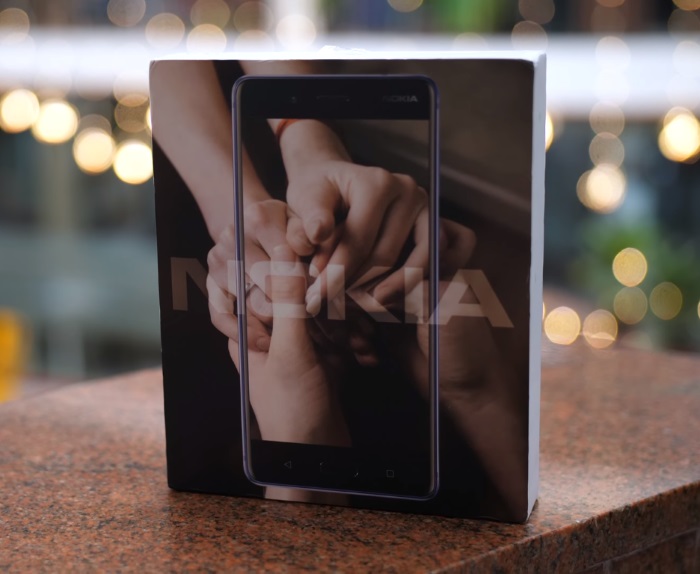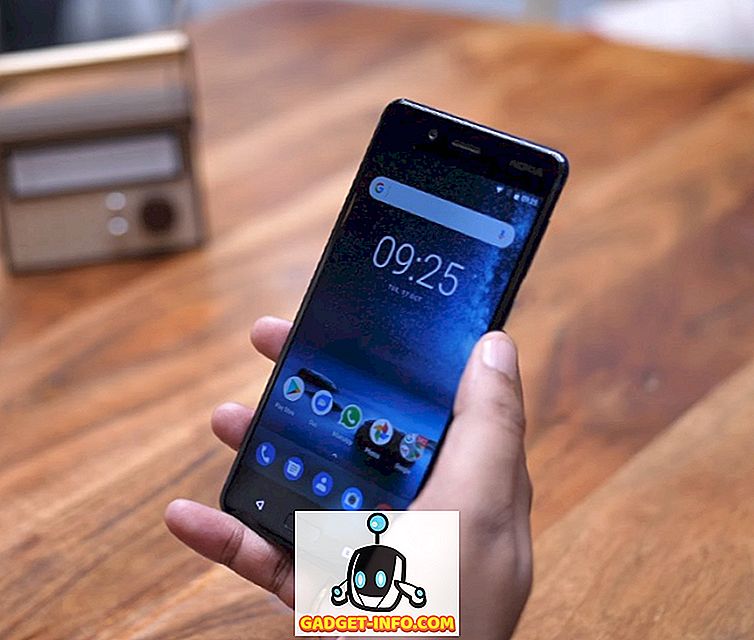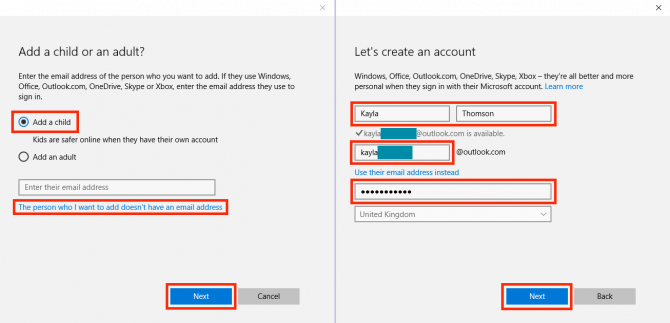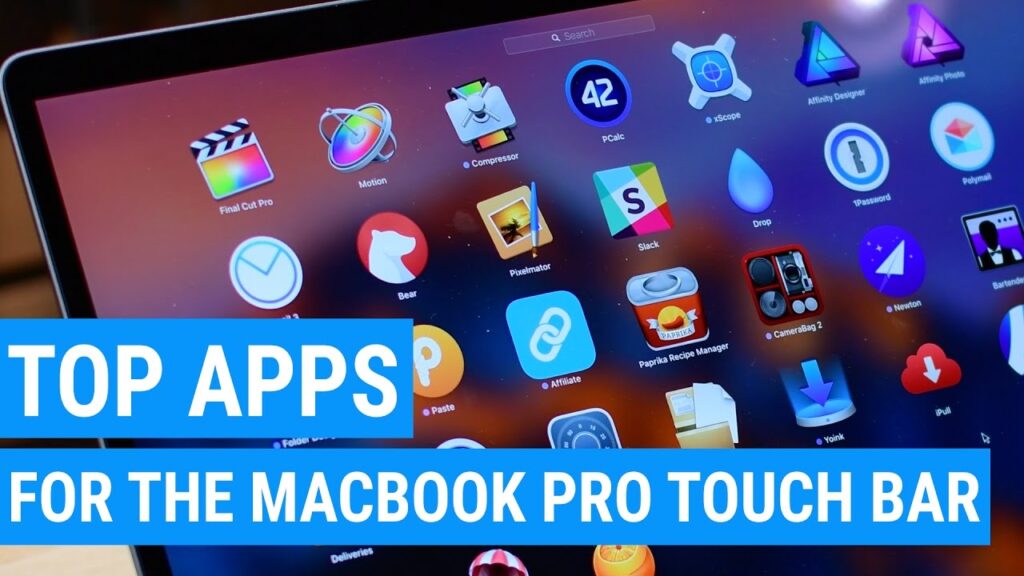
Long ago, Nokia was a household name, known for its feature phones and smartphones. However, its prominence faded when Windows 10 Mobile efforts failed under Microsoft’s command. Now, HMD Global, the Finnish company that acquired the Nokia brand rights, is staging a comeback with its inaugural Android flagship: the Nokia 8.
The company returned to the competition in 2017 with the Nokia 6 and has since launched a series of mid-range devices. The Nokia 8 is their first true effort at providing its loyal fanbase an ultimate Android experience, mixed with nostalgia. We’re taking a closer look at whether the Nokia 8 lives up to the flagship hype and should it be your next daily driver.
Specifications
Before we delve into the intricate details of the Nokia 8, here’s a brief overview of its specifications:
| Dimensions | 151.5mm x 73.7mm x 7.9mm |
| Weight | 160 g (5.64 oz) |
| Display | 5.3″ QuadHD IPS LCD (2560 x 1440) ~554 ppi density |
| Processor | Qualcomm Snapdragon 835 (Octa-core, 4 x 2.5Ghz Kyro + 4 x 1.8GHz Kryo CPU) |
| GPU | Adreno 540 |
| RAM | 4GB/6GB |
| Storage | 64GB/128GB, expandable up to 256GB via MicroSD |
| Primary Camera | dual 13 MP, color (OIS)+ mono ZEISS lenses with f/2.0 aperture, Phase Detection Auto-Focus, IR range finder, dual-tone flash |
| Secondary Camera | single 13 MP camera with f/2.0 aperture & display flash |
| Battery | 3090mAh, non-removable |
| Operating System | Android 7.1.1 Nougat |
| Sensors | Ambient light, Proximity, Accelerometer, E-compass, Gyroscope, Fingerprint, Hall sensor, Barometer |
| Connectivity | Dual-SIM (nano), USB Type-C 3.1, 3.5mm headphone jack, Wi-Fi 802.11 a/b/g/n/ac (MIMO), Bluetooth 5, GPS/AGPS, GLONASS, NFC ANT+ |
| Colors | Polished Blue, Tempered Blue, Steel, Polished Copper |
| Price | ₹36,999 |
Inside the Box
HMD Global, the Finnish company behind the Nokia brand revival, ensures the Nokia 8’s retail packaging reflects their ethos. The iconic “Connecting People” logo, depicting individuals joining hands, remains prominent. Inside the Nokia 8 box:
- Nokia 8 (Polished Blue)
- Charging adapter
- USB Type-C charging cable
- In-ear headsets
- Quick guide
- SIM ejector tool
Design and Quality
Even as Nokia reenters the smartphone market, the Finnish brand maintains expected quality standards. The Nokia 8 sports a sophisticated design with curved glass covering its body. However, the 5.3-inch display’s 69.4% screen-to-body ratio falls short compared to bezel-less trends. Smartphones like Xiaomi’s Mi Mix 2 and Samsung Galaxy S8 boast ratios in the 80% range. While disappointing, the QuadHD display compensates for the larger top and bottom chins on the Nokia 8.
Recalling the moment I first held the Nokia 8, I immediately fell in love with its feel. The minimal footprint and rounded corners enhance grip and enable easy one-handed use. Using the Nokia 8 is remarkably comfortable. The device’s IP54 rating for splash and dust resistance, however, disappoints.
The Polished Blue back further captivated me, despite its propensity to attract fingerprints and slip from my sweaty palm. Combined with the camera bump, these design choices can be somewhat bothersome but are ultimately tolerable due to the device’s elegant build.
The fingerprint scanner, not the fastest on a phone, is positioned on the front, also serving as the home button. It’s situated between the capacitive back and multitasking buttons. While the power and volume buttons are clicky, they feel flimsy and squishy. Despite this, Nokia 8 includes a 3.5mm headphone jack, a daily essential.
The Nokia 8’s sleek glass body catches the eye, but its lightweight design and smaller footprint impress me more. Compared to the bulky iPhone 8 Plus I’ve used, the Nokia flagship is noticeably lighter and more compact. Despite the difference in price, I compared them because both feature glass backs in their latest flagship models.
Display
While the Nokia 8 lacks the edge-to-edge screen we desire, it boasts a stunning 5.3-inch Quad HD (2560 x 1440 pixels) LCD IPS display. With an impressive ~554 ppi pixel density, it’s fitting for a flagship device. The color reproduction is accurate, unlike the oversaturation seen on the Galaxy S8 screen.
HMD Global should’ve opted for an OLED panel for its inaugural Nokia flagship, but the IPS LCD panel in the Nokia 8 suffices. The company prioritizes display quality, comparable to superior LED displays. Colors are vibrant, blacks are deep, and the screen remains legible even in sunlight. Throughout my usage, the screen stood out as a highlight of the Nokia 8, potentially giving it an edge against competitors like the Mi Mix 2 and OnePlus 5.
User Interface
Given the Android ecosystem’s fragmentation, Nokia enters the market with an almost stock Android experience. The Nokia 8 runs Android 7.1.1 Nougat without skins, customizations, feature sets, or bloatware.
This is why I recommend the Nokia 8 as your next daily driver. You’ll experience the best of Android and receive timely software updates. It offers a clean and responsive Android experience with minimal changes, including an active display feature akin to Microsoft devices.
The strategy of providing a vanilla Android experience is akin to Motorola’s approach. However, the former lacks additional features, unlike the latter which includes extras like Moto Assist. I hope to see HMD Global enhance Nokia’s software in the future.
HMD Global has already released the Android 8.0 Oreo beta update for Nokia 8 to gather feedback. I’m currently using the beta on my Nokia device, and it generally performs well, although the camera app still underperforms. Instructions for installing the Android Oreo beta on your Nokia 8 can be found here.
Performance/Benchmarks
Discussing performance, the Nokia 8 matches flagship devices of 2017 with its internals. It runs on an octa-core Qualcomm Snapdragon 835 chipset, with four cores reaching up to 2.5GHz and the remaining four at 1.8GHz. This translates into smooth operation, devoid of lag or noticeable frame drops. The device offers two variants for RAM and internal storage: 4GB RAM with 64GB storage or 6GB RAM with 128GB storage. Opting for the former, I found it outperformed by the OnePlus 5 in terms of specifications.
Focusing on benchmarks, the Nokia 8 impressively achieves a score of 173,505 on Antutu, comparable to flagship devices such as the Mi Mix 2 and OnePlus 5. It aims to challenge market leaders like Samsung in performance. A Geekbench CPU test was also conducted, with results provided below. Antutu Benchmark Result
Gaming on the Nokia was smooth without lags. However, the device’s rear heated slightly during gameplay, but this dissipated within minutes after stopping. This quick cooling is due to Nokia’s upgrade to include a copper pipe, aiding heat dissipation with heavy apps.
Almost-stock Android on the Nokia 8 ran smoothly, except for the camera app. The major category Nokia is known for suffers due to shutter lag. This issue persists in the official software and remains unchanged in the Oreo beta. Improvement in this area could elevate the Nokia 8 to one of the best smartphones in its price range. Geekbench Benchmark Result
Cameras

The Nokia brand returned with a simple camera module earlier this year, but HMD Global is now reviving its legacy with their flagship, Nokia 8. Following the current trend, it features a dual-rear camera setup and reintroduces one of its oldest partners, Carl Zeiss. The Nokia 8 boasts dual 13-megapixel lenses on the rear, comprising a regular RGB sensor with Optical Image Stabilization (OIS) and a monochrome sensor, both with f/2.0 aperture. These are vertically aligned at the center of the body.
Trust me, the picture quality on the Nokia 8 is wonderful. The monochrome sensor adds great detail. The pictures are crisp and cooler compared to competitors, especially in nighttime photos, although not the best. Sometimes, it overexposes subjects. Here are some camera samples:
Besides beautiful color reproduction, the Nokia 8’s dual rear camera setup can shoot with either lens. You can opt for color or monochrome mode, with the latter shining. The mono sensor gives you more creative space for black and white shots.
The Nokia 8 may include stock Android, but the camera app has been redesigned, which is not the best idea as there is a minor but noticeable shutter lag that may spoil the fun of clicking pictures. The device also features two prominent modes, Live Bokeh and Bothie, to attract users to the camera. While the former works similarly to iPhone’s Portrait mode and adds decent blurring around its subject in real-time, the latter lets you capture a picture with both the front and back simultaneously. It allows you to capture both the scenic beauty and your reaction to it, but it’s nothing more than a gimmick that may be usable only while live streaming from within the camera app. Nokia 8 Live Bokeh Nokia 8 Bothie Sample
Moving on, videos created with the Nokia 8 showcase exceptional detail, stabilized by the OIS in the primary camera lens. Both the rear and front 13MP cameras shoot 4K videos, enhanced further by the OZO audio feature.
If you’re hesitant about purchasing the Nokia 8 due to shutter lag or subpar low-light performance, HMD Global plans to introduce its familiar Lumia camera app to Android devices soon.
Telephony & Audio
The audio department of the Nokia 8 has significantly improved with major assistance from the parent company. The Nokia 8 features support for Nokia OZO spatial 360-degree audio, delivering crisp and loud sound without compromising quality. However, I missed the stereo speakers from the Nokia 6.
My calling experience with the Nokia 8 was perfect. The earpiece provided clear sound without interruptions or crackles. While the bottom speaker played blaring music, its limited volume control steps caused headaches. Adjusting the volume from 70% became challenging as it quickly became too loud.
Nokia 8 retains the 3.5mm headphone jack, a move that’s surprisingly satisfying amid the shift to digital audio. Transitioning away from analog audio may be slow and tedious, but it shouldn’t burden consumers seeking flagship specs at a reasonable price. Many other devices with comparable specifications are nearing the $1000 price range.
Connectivity
The Nokia 8 supports a single nano SIM and a MicroSD card for extra storage, or it can function as a hybrid dual nano SIM smartphone. With 64GB of onboard storage, supplemented by Unlimited Google Photos backup, it’s ample for most users. Dual SIM capability allows for both local and international cards. Additionally, it boasts LTE CAT 9 support across 24 network bands, ensuring strong and consistent 4G connectivity on Vodafone.
The device supports GPS and GLONASS, the Russian version of the global positioning system. You can use the Nokia 8’s NFC ANT+ chip integration to pay for goods at the department store, but it wouldn’t be useful in India. HMD Global has adopted the fast-charging USB Type-C 3.1 standard with the flagship.
Additionally, Nokia 8 supports Bluetooth 5.0, which is approximately two times faster, with eight times the data throughput and four times the range of its predecessor. This standard is rapidly gaining adoption due to its enhanced connectivity. It allows you to connect multiple Bluetooth devices to the smartphone, eliminating the need to share earphones with friends—they can use their own with the Nokia 8.
Battery and Charging
The Nokia 8 features a 3,090 mAh battery, which, while seemingly modest on paper compared to its rivals, delivers impressive performance. After nearly a week of extensive use, I can affirm that its battery life is average. The device can comfortably sustain a day of moderate to heavy usage, with approximately 5 hours of screen-on time. However, I had hoped for better from Nokia’s inaugural flagship.
Charging isn’t an issue since Nokia 8 supports Quick Charging 3.0, enabling 0 to 100 percent in under 90 minutes. This means you can quickly resume your activities. However, my main gripe with the Nokia 8 is HMD Global’s omission of wireless charging, despite the device’s impressive glass back panel. This could have distinguished Nokia in the flagship killer category.
Should You Buy the Nokia 8?
Considering all aspects that contribute to a great smartphone, Nokia 8 excels in most. It stands as an excellent flagship, heralding the resurgence of the once-popular Nokia brand in smartphones. The Nokia 8 boasts a refined, premium design, featuring a smooth glass back, stock Android, and dual ‘Carl Zeiss’ rear camera lenses, all at a decent price of ₹36,999. I’m impressed by the features packed into this device by HMD Global.
In this price bracket, Nokia 8 competes with budget flagship devices like OnePlus 5 (starting at ₹32,999) and Xiaomi’s Mi Mix 2 (₹35,999). Both Nokia 8 and OnePlus 5 feature dual rear-camera setups; however, Nokia 8 adds a monochrome lens for enhanced detail, whereas OnePlus 5 utilizes a telescopic lens. This improvement enhances picture quality and color reproduction. On the other hand, Mi Mix 2 boasts a stunning 18:9 display and a shiny ceramic back. While Xiaomi’s design team deserves credit, the front camera positioning at the bottom is not ideal.
Nokia 8 has altered my perspective on flagships. The device’s feel in hand defies description. Despite the slippery glass back, it’s exceedingly comfortable to hold and use. The OnePlus 5 is the closest rival in quality and utility, offering straightforward flagship features without gimmicks.
Nothing missing compared to competitors, except for an 18:9 display inferior to Nokia’s. Choose between OnePlus 5 and Nokia 8 for budget flagship specs. Mi Mix 2 excels in design. Nokia 8, a solid option for flagship performance at a competitive price.
Pros:
- Elegant, premium design
- Flagship specifications
- Crisp LCD display, comparable to AMOLED
- Great dual cameras
- Above average battery life, supports Quick charging 3.0
- Outstanding performance for the price
Cons:
- Large bezels
- Annoying shutter lag in camera app
- Glass back attracts fingerprints and is slippery
Nokia 8: A Remarkable Debut in Android Flagship
If you’ve longed for the comeback of the cherished Nokia brand, this device is for you. The Nokia 8 is a superbly crafted smartphone with a sleek glass design that’s simply irresistible. While there are some shortcomings, it marks Nokia’s first Android flagship that truly lives up to its name. I highly recommend the Nokia 8 for those seeking a powerful new Android device. Share your thoughts in the comments below.

Pritam Chopra is a seasoned IT professional and a passionate blogger hailing from the dynamic realm of technology. With an insatiable curiosity for all things tech-related, Pritam has dedicated himself to exploring and unraveling the intricacies of the digital world.



